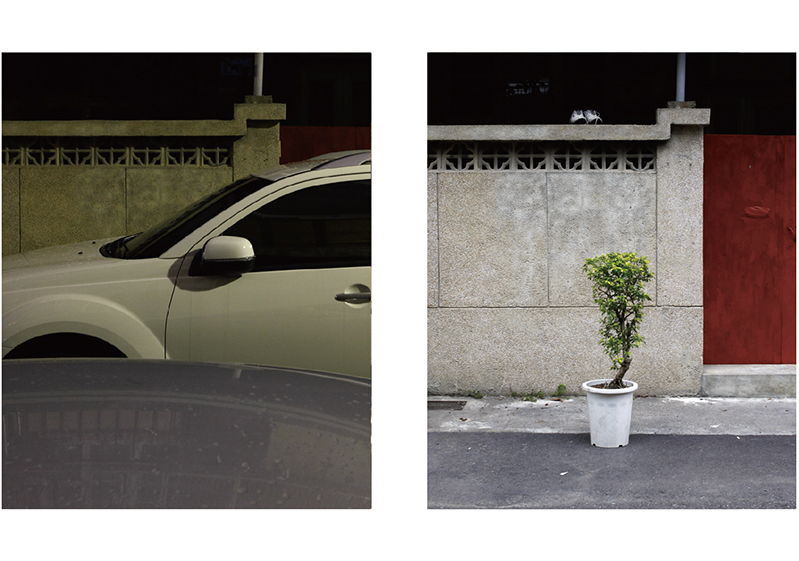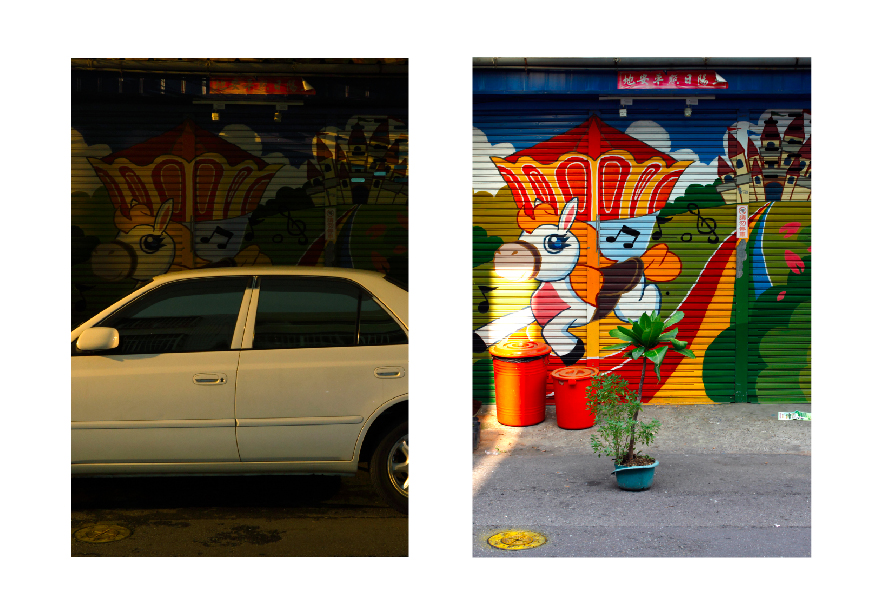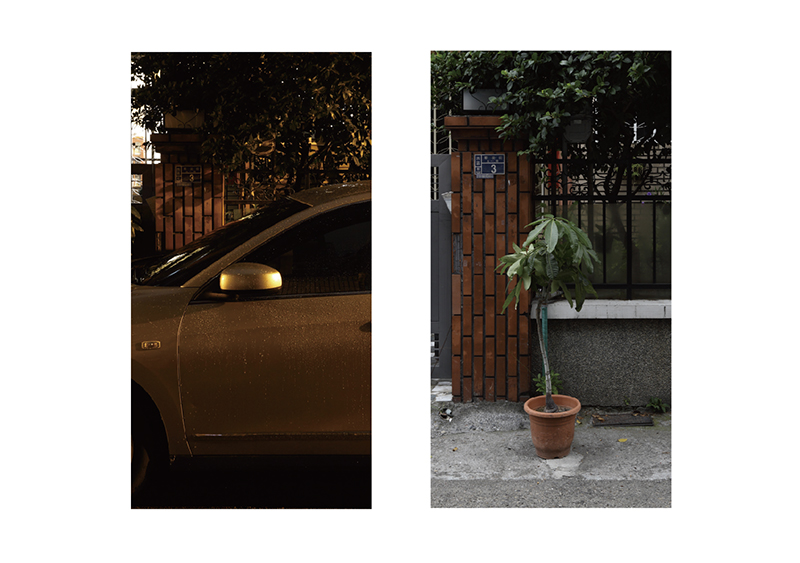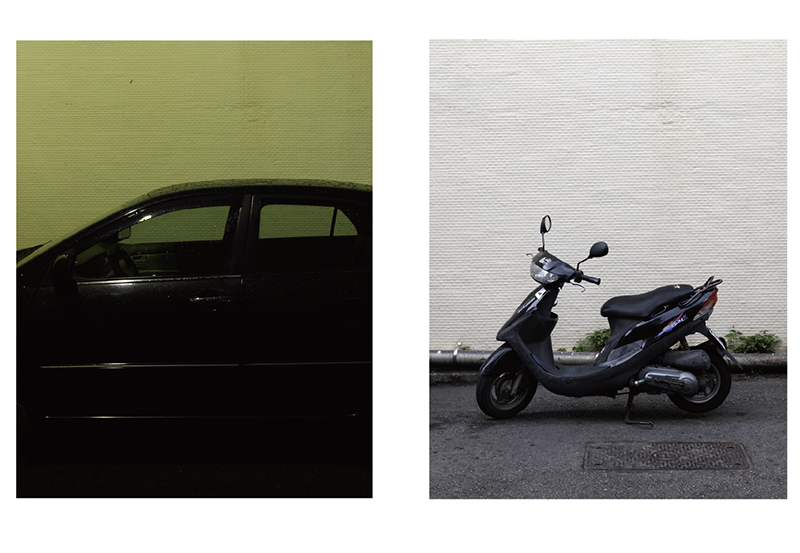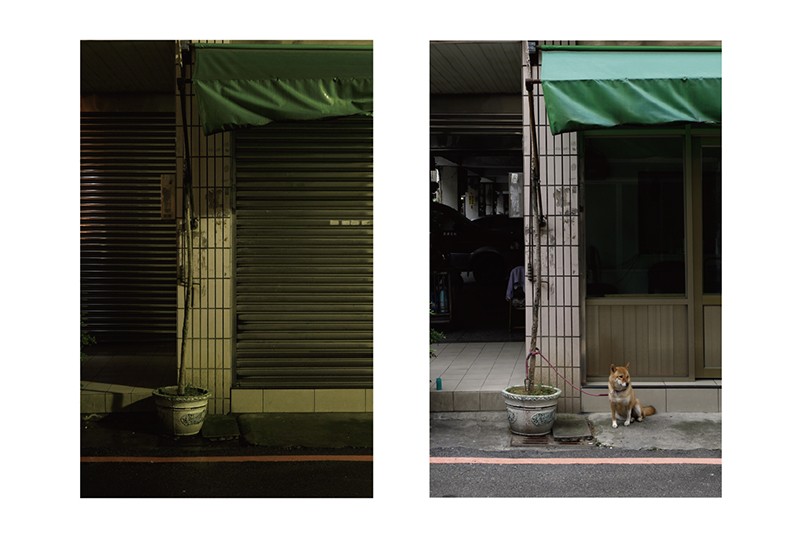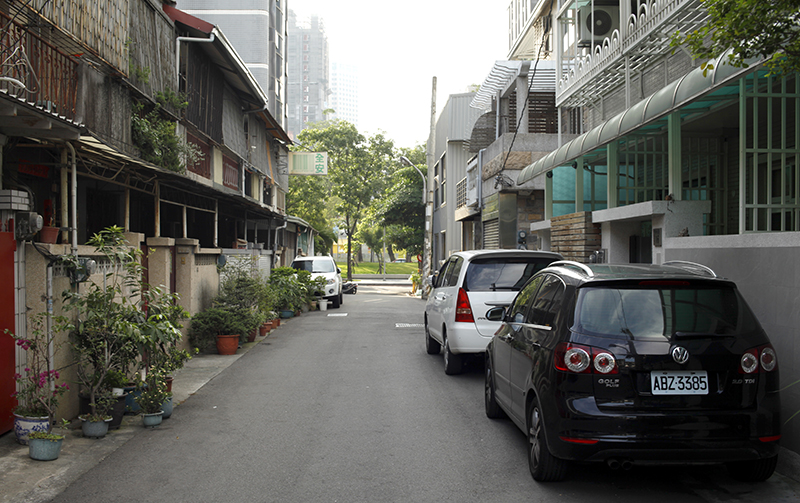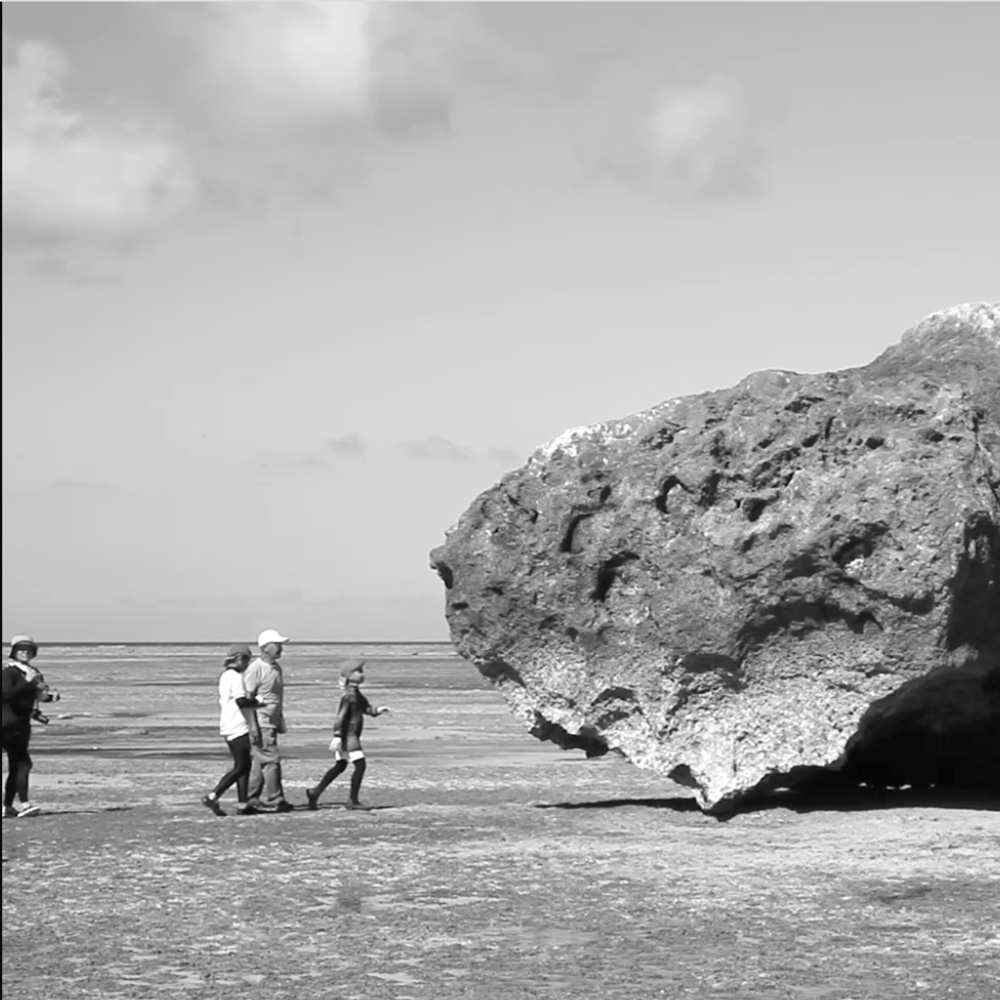国立台湾美術館、台中
National Taiwan Museum of Fine Arts, Taichung, Taiwan
2013
シリーズ[地図にない線]
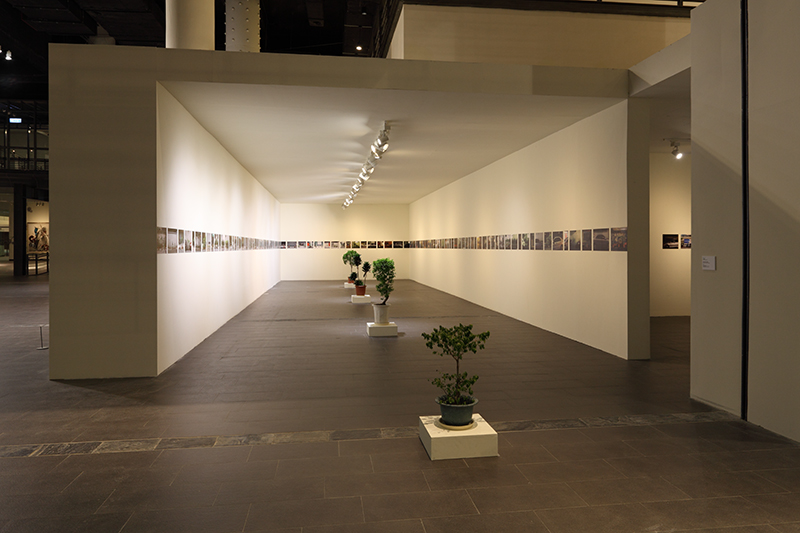
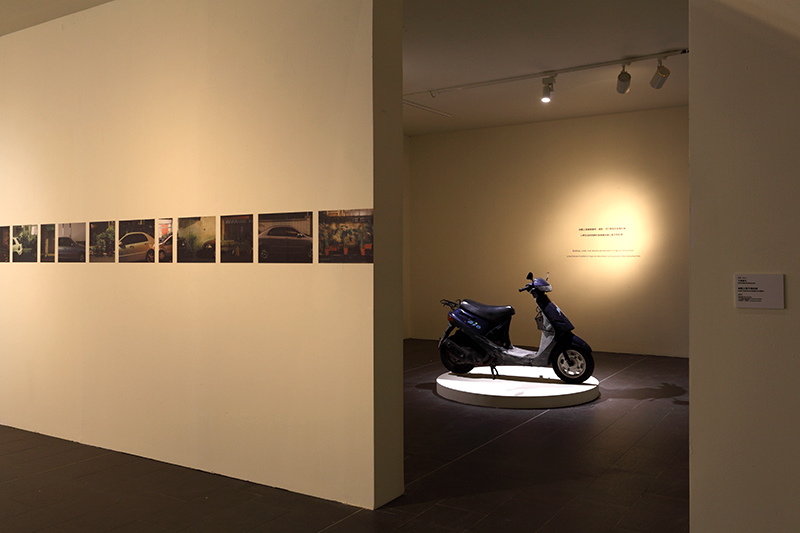
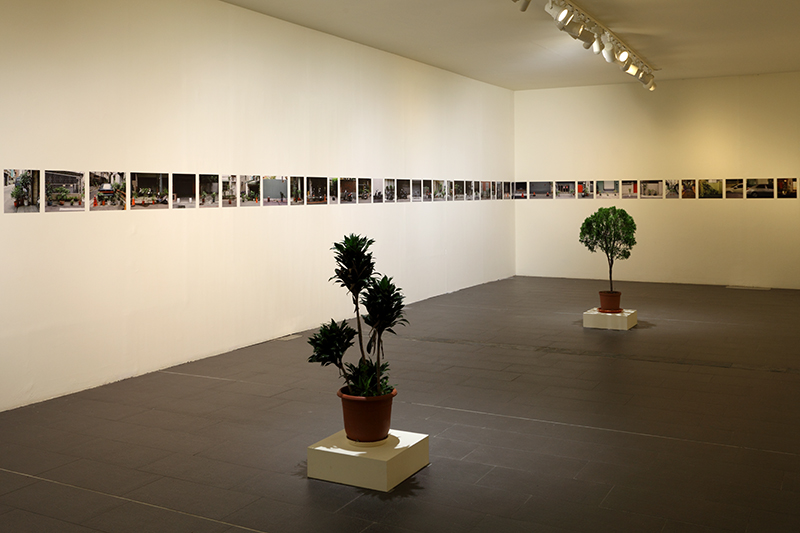
::::::::::::::::::::::::::::::::::
[ 地図にない線 / Lines That Are Invisible on Maps ]
Buildings, roads, river streams are depicted on maps as various lines.
Walking on the streets, we could see that lines that are invisible on maps are also drawn out by people in their everyday lives. In this city, potted plants that are placed on the streets by people have somehow become a form of border lines. As the plants move, when a salary-man returns home at night, perhaps he would be transformed into a “father” figure or take on some other role.
The roles of the city and the people dwelling in it are constantly changing, and as people go about drawing out their maps, perhaps different sets of meanings could take shape.
Buildings, roads, river streams are depicted on maps as various lines. Lines that are invisible on maps are also drawn out by people in their everyday lives.
地図には、建物や道路や川などいろいろな線が描かれる。
町を歩くと、人々が地図に描かれていない線を引きながら生活している光景が見えてくる。この町を歩いていると、「鉢植え」は路上に並べられ「境界線のようなもの」として使われていることに気がつく。さらに夜にそれらは移動するのだ。町も人も日々役割を変化し続けている。人々はあるモノに別の意味を与える事だってできるし、それぞれが地図にはない線を描きながら生活しているのだ。
台中の町は大きな歓楽街があり、昼の顔と夜の顔が違うという。
昼と夜の住宅地を歩き続けていると、植物が移動していることに気がついた。
路地の植物というと日本でも路上観察の王道でもあるが、夜に移動する植物たち?
昼に路上に置かれている植物や物を撮影し地図にメモし、夜同じ場所を見てまわり定点撮影を試みた。
町は毎日同じように見えて、動き続けている。
